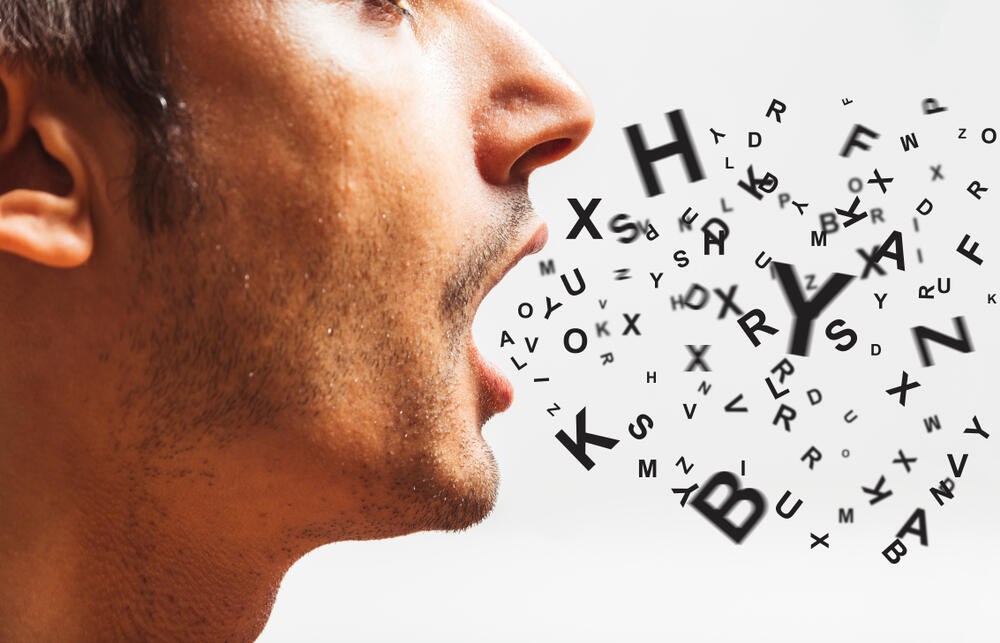Stroke Awareness & Prevention
Recognize the signs, act fast, and learn how to reduce your risk of stroke. Every minute counts when it comes to stroke treatment.
What is a Stroke?
A stroke occurs when the blood supply to part of your brain is interrupted or reduced, preventing brain tissue from getting oxygen and nutrients. Brain cells begin to die in minutes. A stroke is a medical emergency, and prompt treatment is crucial. Early action can reduce brain damage and other complications.
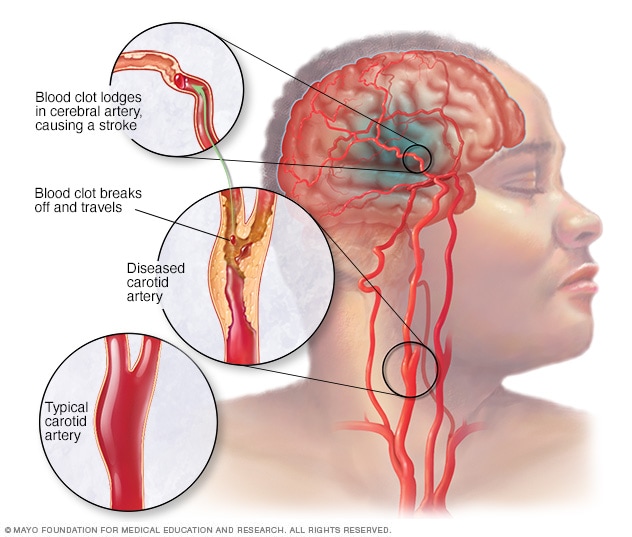
Ischemic Stroke
Occurs when a blood clot blocks or narrows an artery leading to the brain.
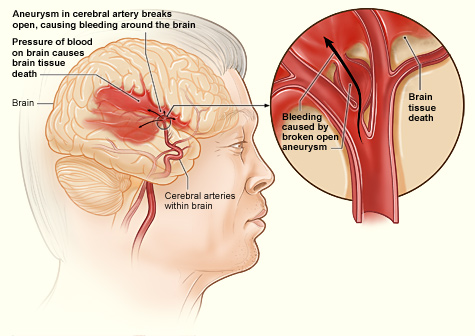
Hemorrhagic Stroke
Occurs when a blood vessel in the brain leaks or ruptures.

TIA (Mini-Stroke)
Temporary blockage of blood flow to the brain, often a warning sign.
Recognizing Stroke Symptoms
Remember the acronym FAST to identify stroke symptoms:
Other Stroke Symptoms
Stroke symptoms may also include:
- Sudden numbness or weakness of the leg
- Sudden confusion or trouble understanding
- Sudden trouble seeing in one or both eyes
- Sudden trouble walking, dizziness, loss of balance or coordination
- Sudden severe headache with no known cause

Stroke Risk Factors
Many factors can increase your stroke risk. Some factors can be controlled, while others cannot.
Uncontrollable Risk Factors
| Factor | Description | Increased Risk |
|---|---|---|
| Age | People 55 or older have higher risk | Doubles each decade after age 55 |
| Gender | Women have more strokes than men | Women: 1 in 5, Men: 1 in 6 |
| Family History | Family history of stroke or TIA | 2-4 times higher risk |
| Race | African-Americans have higher risk | 2 times higher than whites |
| Prior Stroke/TIA | Previous stroke or transient ischemic attack | 10 times higher risk |

Controllable Risk Factors
| Factor | Description | Risk Reduction |
|---|---|---|
| High Blood Pressure | Leading cause of stroke | Control can reduce risk by 48% |
| Smoking | Damages blood vessels, raises BP | Quitting reduces risk significantly |
| Diabetes | High blood sugar damages vessels | Control reduces risk by 3-5% |
| High Cholesterol | Can lead to artery blockage | Lowering reduces risk by 27% |
| Physical Inactivity | Contributes to other risk factors | Exercise reduces risk by 25-30% |
| Obesity | Excess weight strains system | Losing 5-10% weight helps |
| Heart Disease | Atrial fibrillation, other conditions | Proper treatment reduces risk |

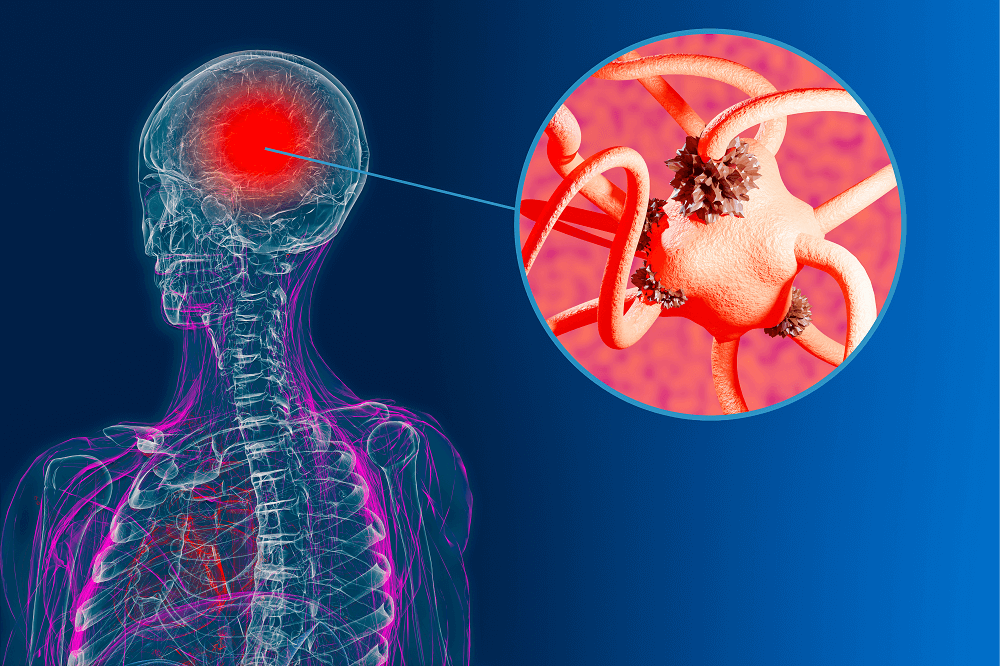
Stroke Prevention
Up to 80% of strokes can be prevented through healthy lifestyle changes and proper medical care.
Control Blood Pressure
High blood pressure is the leading cause of stroke. Monitor regularly and follow your doctor's recommendations.
Quit Smoking
Smoking accelerates clot formation, thickens blood, and increases plaque buildup in arteries.
Exercise Regularly
30 minutes of moderate exercise 5 days a week can reduce stroke risk by 25-30%.
Healthy Diet
Eat plenty of fruits, vegetables, whole grains and lean proteins. Reduce salt and saturated fats.
Limit Alcohol
More than 2 drinks per day increases stroke risk. Moderation is key.
Manage Conditions
Properly manage diabetes, atrial fibrillation, and high cholesterol with medical guidance.
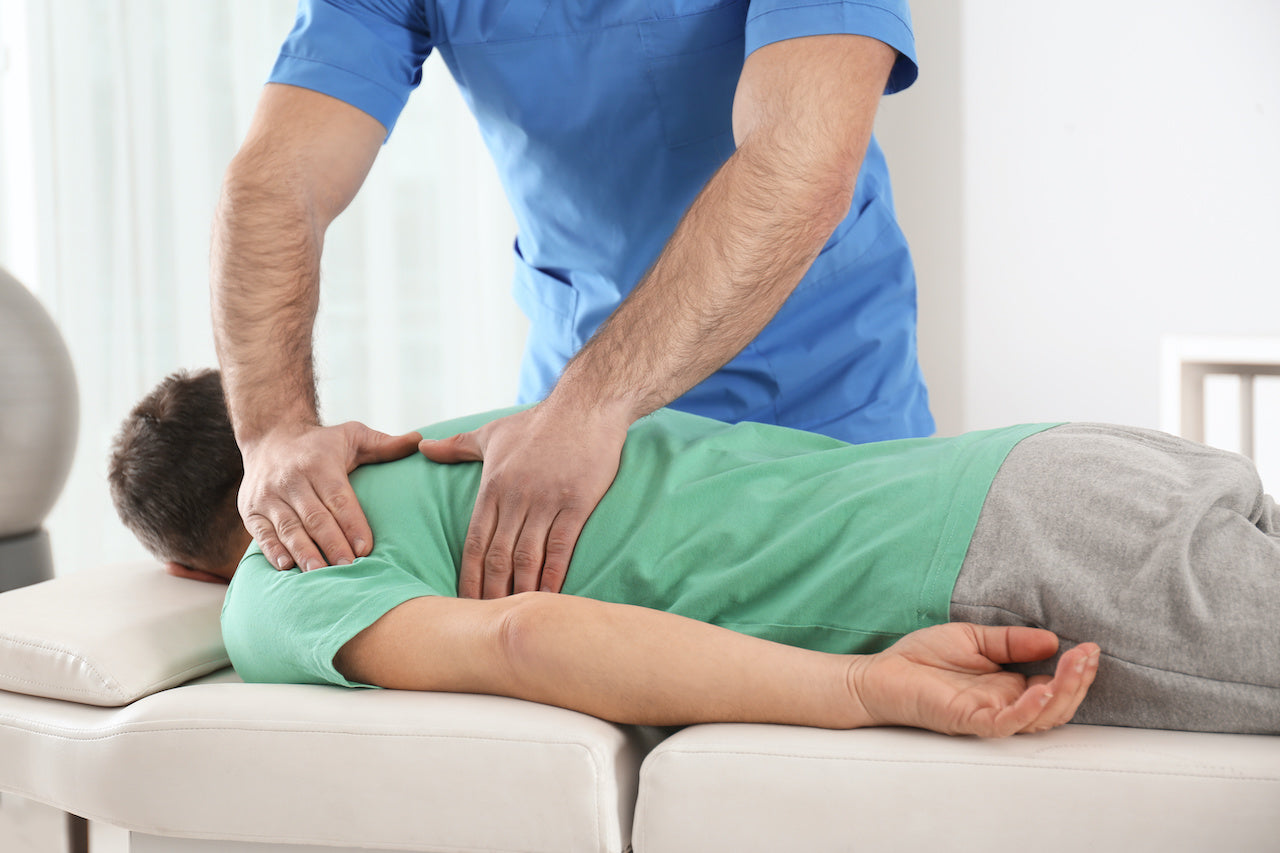
Stroke Risks in the Bathroom
Strokes often occur in the bathroom due to sudden changes in blood pressure from hot water and rapid movements. These videos demonstrate bathroom safety and stroke scenarios.
Bathroom Safety for Stroke Prevention
Learn how to make your bathroom safer and reduce stroke risks with simple modifications.
Bathroom Safety Tips
- Avoid extremely hot showers that can cause sudden blood pressure changes
- Install grab bars near toilet and shower for support
- Use non-slip mats in tubs and on floors
- Don't lock bathroom doors in case emergency help is needed
- Consider a shower chair for stability
- Take your time getting up from toilet or bath
Emergency Response
ACT FAST - Every Minute Counts
For every minute a stroke goes untreated, the brain loses about 1.9 million neurons. Early treatment can significantly improve outcomes.
Learn How To Be Healthy NaturallyWhat to Do While Waiting for Help
- Note the time when symptoms first appeared - this is critical for treatment decisions
- Don't let the person sleep or talk you out of calling for help
- Don't give them food, drink, or medication
- Keep them comfortable - loosen tight clothing, have them lie on their side if drowsy
- Be prepared to describe symptoms to emergency responders
- Gather medical information if possible (medications, allergies, medical history)

Stroke Treatments
| Treatment | Description | Time Window |
|---|---|---|
| Clot-busting drugs (tPA) | Dissolves blood clots causing ischemic strokes | Within 4.5 hours of symptoms |
| Mechanical thrombectomy | Physical removal of large clots from arteries | Within 6-24 hours for select patients |
| Hemorrhagic stroke treatment | May involve surgery to repair blood vessels | Immediate intervention needed |
| Rehabilitation | Physical, occupational, speech therapy | Begins as soon as 24-48 hours post-stroke |
Conclusion: Why Strokes Often Happen During Bath Time
Strokes occurring during bathing are a well-documented phenomenon, particularly in older adults or those with cardiovascular risk factors. Here’s why:
Key Reasons:
Sudden Blood Pressure Changes
- Hot water causes blood vessels to dilate, leading to a drop in blood pressure (hypotension)
- Cold water (or sudden temperature shifts) can trigger vasoconstriction, increasing blood pressure
- These rapid changes may disrupt blood flow to the brain, raising stroke risk
Physical Exertion & Stress
- Bathing often involves bending, stretching, or standing suddenly, which can strain the cardiovascular system.
- Dizziness or fainting from heat (especially in hot baths) can lead to falls and head injuries, increasing stroke risk.
Dehydration & Blood Clot Risks
- Hot baths cause sweating, potentially leading to dehydration, which thickens blood and raises clotting risks
- People with existing plaque buildup (atherosclerosis) are at higher risk of clots breaking loose during these changes
Underlying Health Conditions
- Hypertension, atrial fibrillation, or diabetes make individuals more vulnerable to stroke triggers
- Undiagnosed aneurysms or carotid artery disease can rupture or clot under stress
Prevention Tips:
✔ Avoid extreme temperatures (use lukewarm water)✔ Sit while bathing to reduce exertion
✔ Stay hydrated before and after bathing
✔ Monitor blood pressure if at risk
✔ Gradual temperature changes (no sudden cold showers after a hot bath)
Final Thought:
While bathing itself doesn’t cause strokes, the physiological stress it places on the body can act as a trigger for high-risk individuals. Awareness and preventive measures can significantly reduce this danger.



